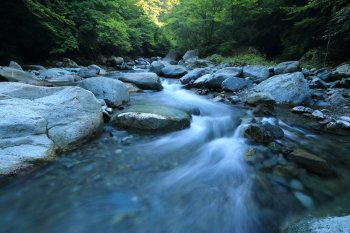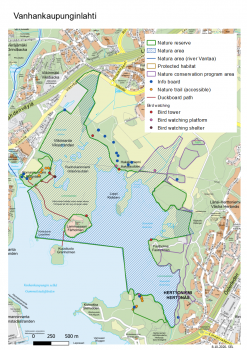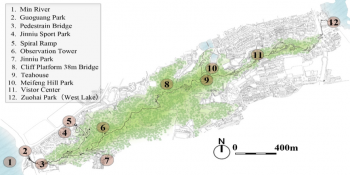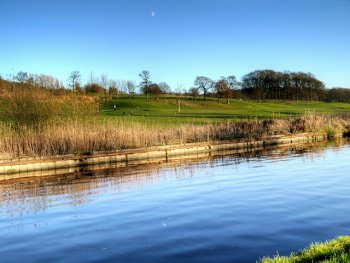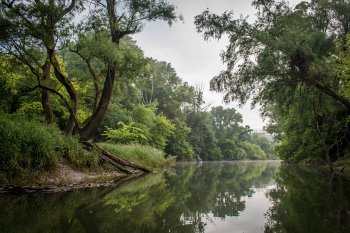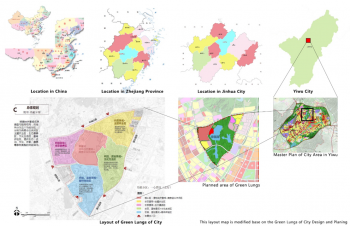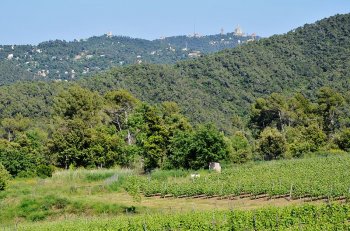Beijing Plain Area Afforestation Programme (BPAP) - Beijing, China
With the aim to create huge forest patches, develop urban forest park clusters and optimise the large-scale forest patterns, BPAP has proposed green strategies with nine green wedges, multiple greenbelts, and green corridors around the old city centre in Beijing.
Objectives further include:
- Improving the forest coverage and urban greenspace connectivity in urbanised areas by planting more than 54 million trees, enhancing biodiversity;
- Providing health and wellbeing benefits through the use of the recreation facilities ...


